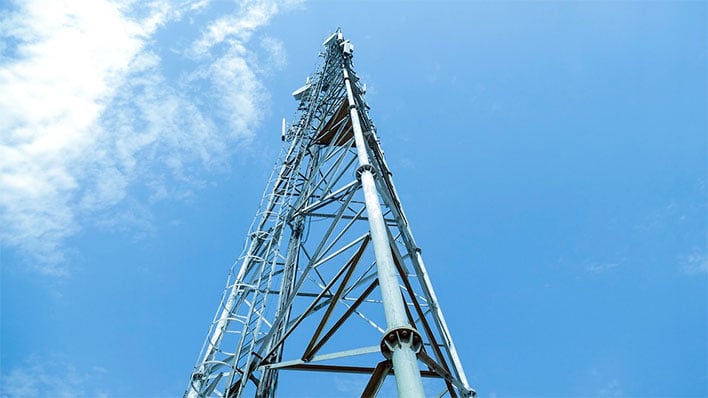In the event that you? ve ever before strolled through an area, you may include spotted small micro 5G cell towers on street light-weight poles. These show up like small boxes, but they? re also really transmitting cellular signals from mobile carriers to your own phone.
These more compact, purpose-built cell may be are replacing bigger, purpose-built ones. Whilst less obvious, these people may nevertheless pose issues for people.
The particular FCC? s Light Exposure Thresholds

The Radiation Exposure Thresholds of the FCC establish the risk-free distance from which in turn a person could possibly be exposed to electromagnetic radiation from wireless devices. The publicity limitations are established on scientific data indicating that RF energy may be hazardous to human health.
The precise intake rate (SAR) quantifies the radiofrequency energy absorbed by tissues. It is usually 1. 6 m per kilogram, averaged across one g of tissue.
Nonetheless, since 5g sends at higher eq, it may generate more energy depth within the skin plus other immediately exposed body parts. This could result in a variety of probable consequences, such while the accelerated development of skin illnesses such as eczema, skin cancer, and even cataracts.
Due of the potentially extreme consequences of 5g radiation, PSU has opted to impose a general local power density limitation of 4 mW/cm2 averaged over 1 cm2, and not necessarily to exceed 30 minutes, for those 5G services at 3 thousands GHz. This limited limit is consistent with the maximum spatial-average SAR involving 1. 6 W/kg averaged across just one g of cells at 6 GHz.
The FCC? s i9000 Maximum Exposure Thresholds
If you've at any time used a mobile phone, a person surely be aware that a person must be a minimum of 400 meters away from the tower for protection. This is due to the truth that the tranny strength of any cell tower grows significantly with distance.
When this may seem to be like a wonderful concept, the truth is that all those living near to podiums may be extra prone to health and fitness issues. A 2014 research in Asia, for instance, pointed out that persons who else resided within 40 meters of mobile towers had greater health concerns as compared to those who existed farther away.
But, this research also revealed that signs returned to typical in just a few days and nights for persons who else relocated to areas distant from cellular towers. Several experiments have indicated that exposure to higher amounts of radiofrequency electromagnetic fields (EMFs) may possibly induce cancer, human brain tumors, and additional health concerns.
RF radiation, which is used in wireless communication, may sink into the outermost layer of the body of a human, the skin. safe distance from cell tower while a protective obstacle against mechanical harm, infection by pathogenic bacteria, and the admission of unsafe chemicals. what is a safe distance from a cell tower is responsible for keeping the integrity associated with other organs which is the biggest body organ within the human entire body.
what is a safe distance from a cell tower of the FCC
The FCC's Least Exposure Thresholds derive from a number of unsupported scientific presumptions. They include the invalid notion that interim exposures to RF radiation secure still to pay to low sexual penetration into the human body (i. e., cells heating) (i. e., tissue heating).
Additionally, the assumption disregards the deeper transmission in the ELF elements of modulated RF signals plus the impact of brief warmth bursts from pulsed RF waves. These assumptions tend not to line up with the present knowledge of typically the biological effects associated with RF radiation; thus, they should not be utilized to set up health-protective exposure boundaries.
Additionally , the ICNIRP and FCC constrict their maximum coverage limits to area peak SARs centered on the top spatial specific consumption rate (psSAR), that is an insufficient dosimetric technique for considering the level of RF rays exposure. Specifically, psSAR is incorrect with frequencies greater compared to 6 GHz. Additionally, psSAR is not looked into for RF light with co-exposure to other environmental components such as the sun. Interactions between radiofrequency (RF) radiation and even other environmental aspects may have fierce or synergistic effects. This would boost the likelihood of damaging health outcomes. Co-exposure to RF rays and sunshine, for instance, may enhance the risk of epidermis cancer and worsen other skin circumstances, such as acne.
